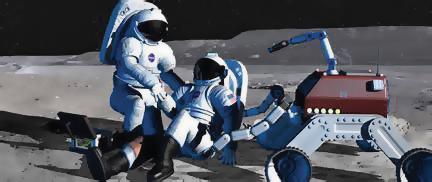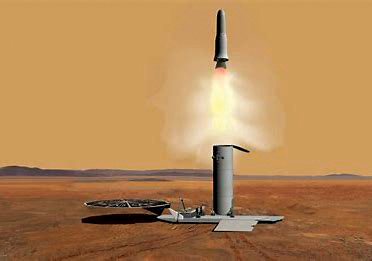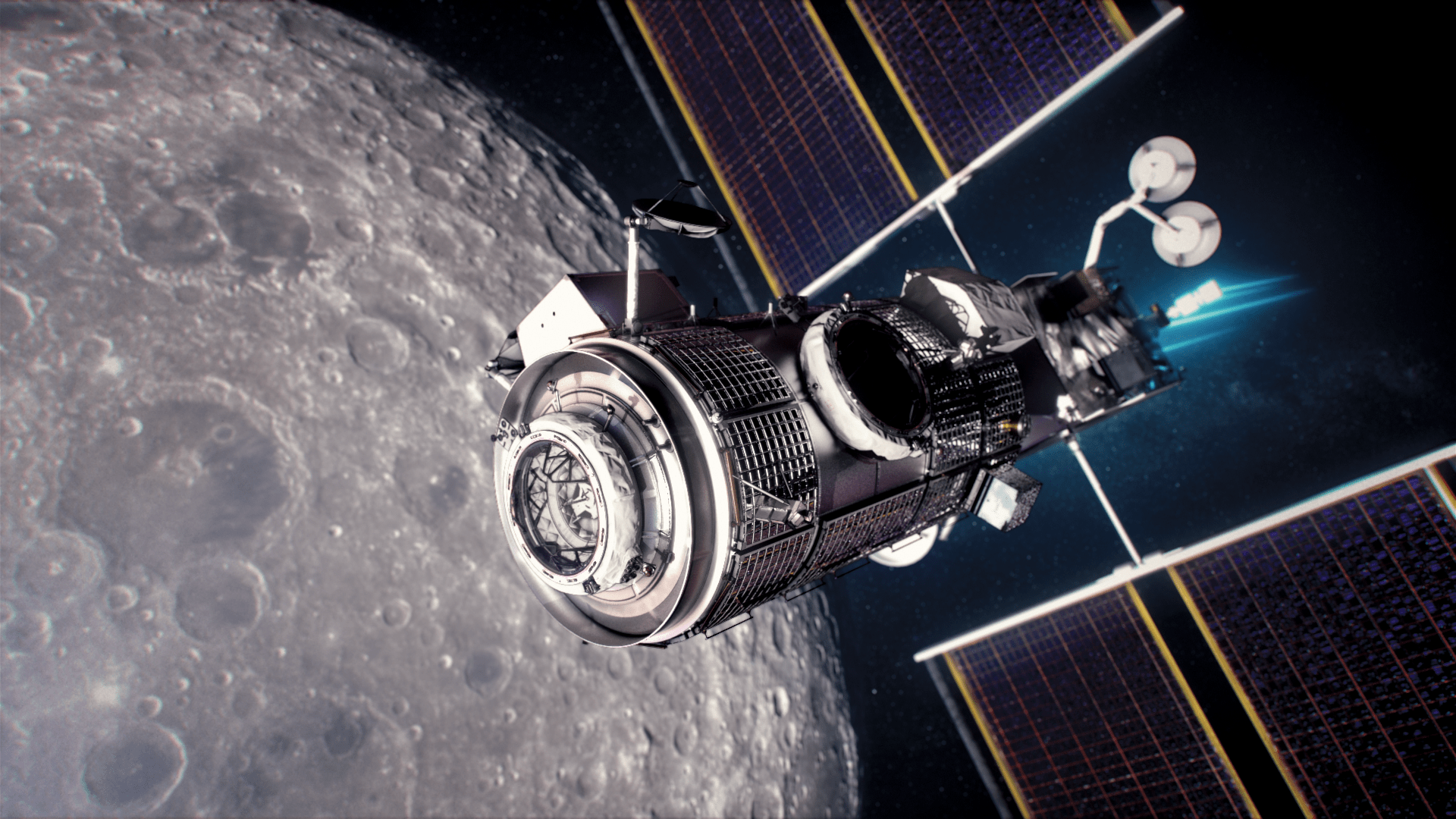Innovation that Impacts All NASA Missions: Improving How We Engineer Our Systems
Download PDF: Innovation that Impacts All NASA Missions: Improving How We Engineer Our Systems
John F. Kennedy set the tone for NASA’s culture in 1961 during his famous speech on going to the Moon, “We choose to go to the Moon not because it’s easy, but because it’s hard; because that goal will serve to organize and measure the best of our energies and skills, because that challenge is one that we are willing to accept, one we are unwilling to postpone…”
That culture has never faded, even across NASA’s diverse spectrum of missions. The continuous challenge to do what is hard or near impossible includes the requirement for innovation. Innovation is the importance of what we do, but also how we do it. With a goal of improving the way NASA’s workforce engineers its systems, the Systems Engineering (SE) Technical Discipline Team (TDT) has partnered with numerous facets of the NASA workforce to better enable innovation in how we work. Over the past year, three diverse teams made progress toward that goal by looking at the way we levy technical standards, improving understanding and integrated risk (cost, schedule, and technical), reducing project risk by better management of mass growth, and moving SE into the model based digital domain. A brief summary of each team’s efforts follows.


a). MBSE is being applied to help architect the ExMC, which is pushing the boundary of space medical systems to care for future astronauts. b). A proposed Mars sample return mission development project would benefit from using the NASA-endorsed ANSI/AIAA standard: Mass Properties Control for Space Systems
ExMC: Systems Analysis and Integration Using MBSE
Via its Model-Based Systems Engineering (MBSE) Infusion And Modernization Initiative (MIAMI), the NESC SE TDT partnered with the Human Research Program’s Exploration Medical Capability (ExMC) Element (https://www.nasa.gov/hrp/elements/exmc) at JSC. ExMC has adopted SE principles and tools (MBSE and the Systems Modeling Language) to develop an initial architecture and requirements for a future exploration medical system. MIAMI is assisting the ExMC work by providing an MBSE modeler who is matrixed to ExMC, one NASA MBSE Community of Practice (CoP) meeting per month dedicated to responding to ExMC’s needs, and any available/needed Agency MBSE infrastructure. In return, MIAMI is receiving modeling lessons learned, feedback to the MIAMI Leadership Team on available MBSE resources, and data needed to communicate MBSE successes and challenges to their SE TDT peers.The partnership has been mutually beneficial to ExMC, the SE TDT, and the greater NASA MBSE community. With MIAMI support, ExMC architected their system model, developed a model management plan, better defined their MBSE hiring and training needs, provided guidance to junior modelers, and developed ideas to push the boundaries of model usage.
As a return benefit, the MBSE community received a sample model architecture, an updated model management plan template, and valuable discussions at the MBSE CoP, where the ExMC presented ideas that had not been considered before. Ideas included the characteristics of good system modelers, how to manage model configuration, and using models with non-modeling tools. Notes from all these lively and well-attended CoP discussions are on the NASA Engineering Network MBSE website (https://nen.nasa.gov/web/mbse/). Beyond this, ExMC’s input on what will be necessary to grow NASA’s MBSE community and capability (e.g., modeler skillsets) continues to inform and ground in reality MIAMI’s recommendations to NASA’s Digital Transformation initiative.
For more information, contact Kerry McGuire, kerry.m.mcguire@nasa.gov.
NASA/JPL: Enterprise Approach to Mass Properties Control
In August 2019, a team of NESC and NASA subject matter experts (SME) issued a report regarding mass growth. It included recommendations to initiate the development and sustainment of an expanded mass growth database as an Agency resource and reforms in how programs and projects estimate, manage, and report mass properties based on the NASA-endorsed ANSI/AIAA S-120A-2015 [2019] standard, Mass Properties Control for Space Systems. The intent is to reap the benefits of a more common approach across NASA in managing and controlling mass growth and of using a common terminology among NASA Centers and its contractors. Historical mass growth data, consolidated in a single place, will help programs and projects in establishing Mass Growth Allowance (MGA) factors and mass margins above MGA that can reduce the risk of mass issues and potential cost overruns. To date, the NESC recommendations have resulted in major changes in mass management and control requirements and recommended best practices at JPL and other NASA Centers. Beyond Center-level actions, the NESC has engaged with the Office of the Chief Financial Officer to promote the use of the ANSI/AIAA standard’s terminology and calculations in future data collections for NPR 7120.5-mandated Cost Analysis Data Requirements documents.
For more information, contact Robert Shishko, robert.shishko@jpl.nasa.gov.
HALO: Modernized Application of Design & Construction Standards
The NASA Technical Standards Process Improvement pilot activity initiated by the Habitation and Logistics Outpost (HALO) Project seeks to improve the way that NASA levies and manages technical standards by 1) moving from document-centric to data-centric (databases) management of the requirements; 2) incorporating important attributes into the database so that applicability, tailoring, and information management is streamlined; and 3) providing technical recommendations on acceptable approaches for compliance evidence. The effort is a fleet-leader on how to streamline the standards deployment, assessment, and long-term verification process, while also improving the allocation of resources based on mission risk.
NASA Technical Fellows participated in this review and provided important input and support for the assessment of Design and Construction (D&C) standards for the HALO project. The approach “shredded” the requirements documents into a database of individual requirements with fields to populate describing the requirement type and compliance approach. Overall, the pilot activity is an important first step in properly assessing and flowing D&C standards to NASA’s contractors and partners. NESC systems engineering and integration SMEs reviewed the HALO pilot deployment activity for managing and implementing design and construction standards. The SMEs identified advantages and disadvantages of the pilot activity and offered suggestions for improving the standards streamlining effort in the future.
For more information, contact Jennifer Devolites, jennifer.devolites@nasa.gov
Powered by WPeMatico
Get The Details…
Meagan Chappell




